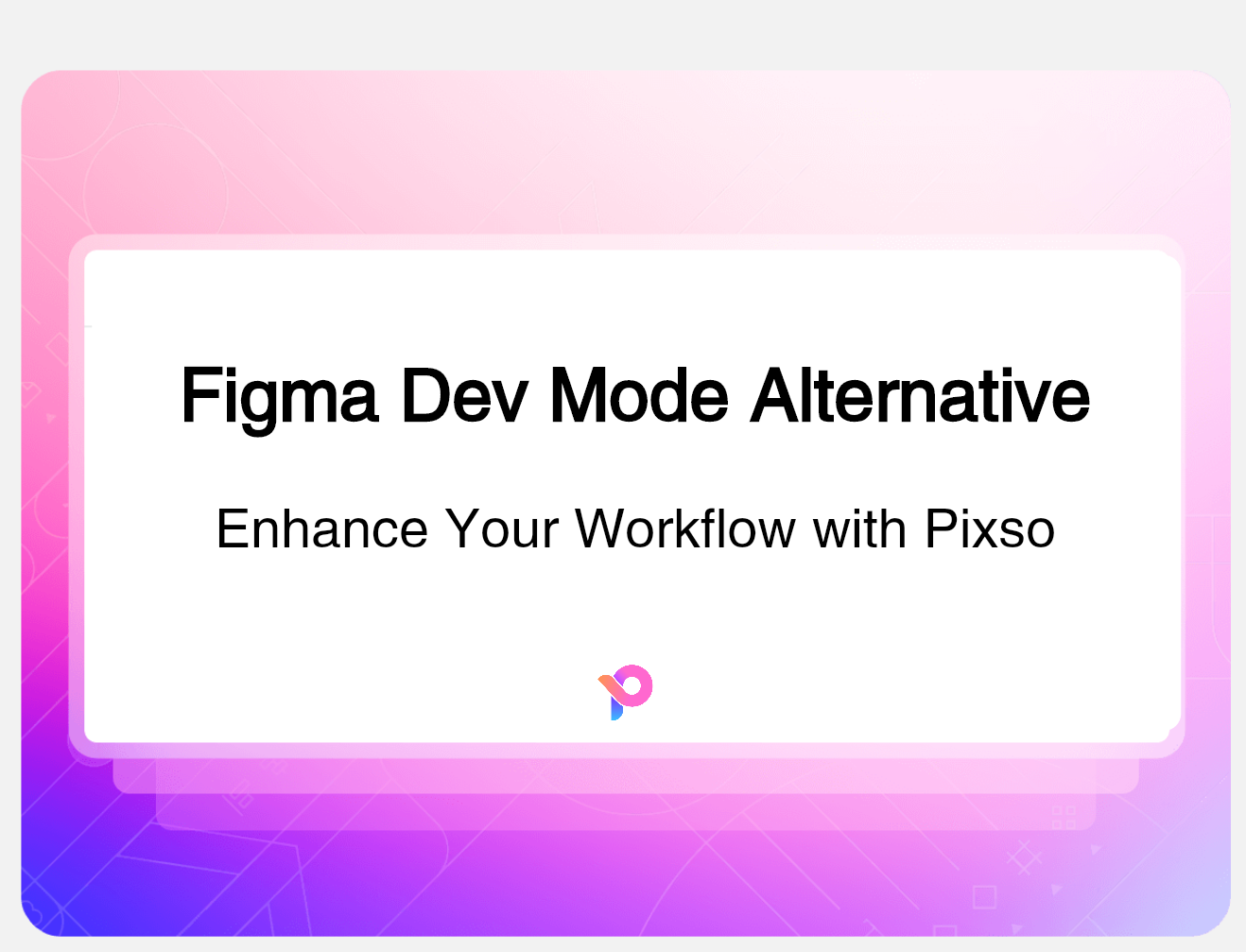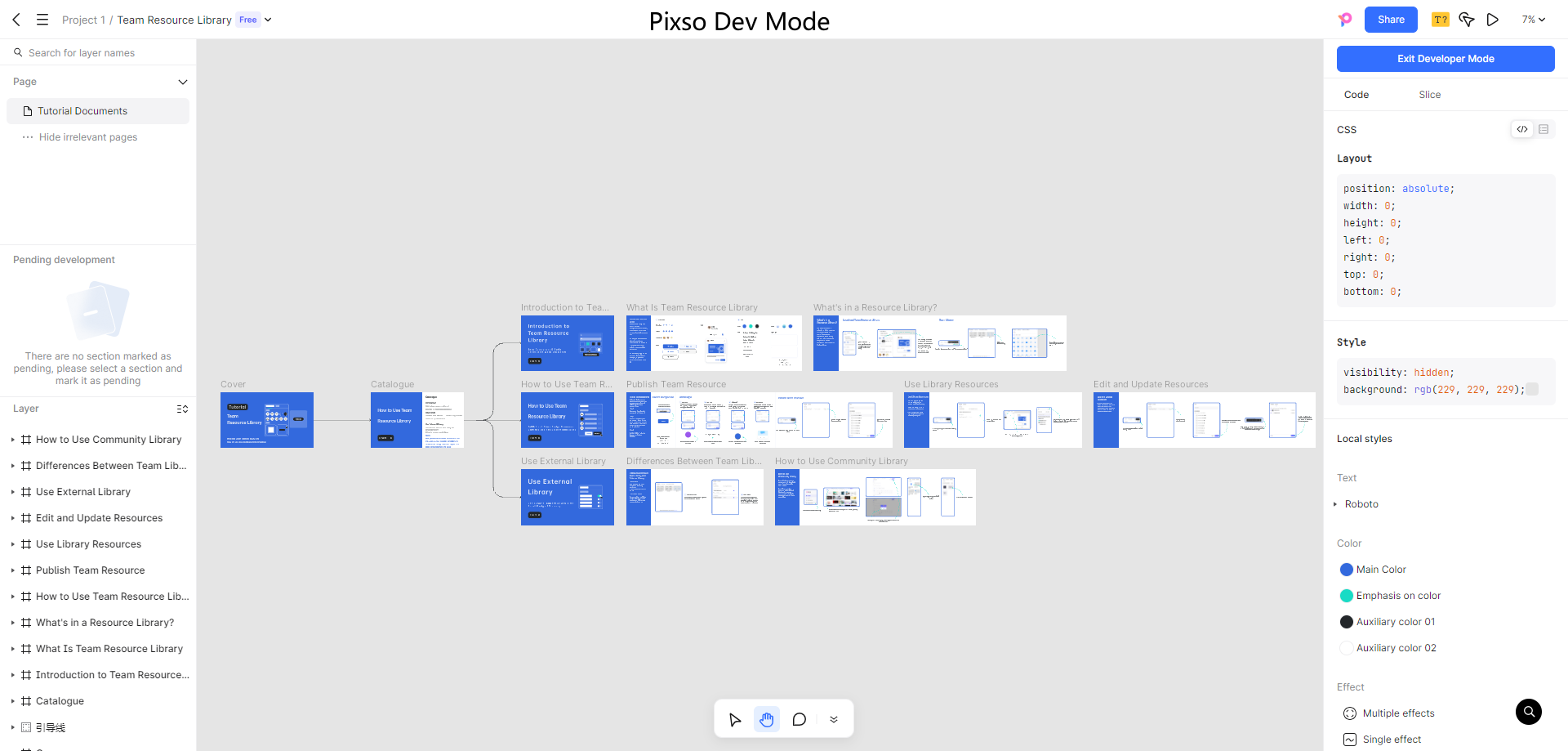In today's highly competitive market environment, the success of a product does not solely depend on its powerful functionality but also the quality of the user experience. A product with rich features but difficult to use is often bound to fail in the market. This is precisely where usability testing plays a crucial role. It serves as a bridge connecting the product and the users, ensuring that the product can meet the needs and expectations of users through systematic testing. This blog will delve deep into all aspects of structured usability testing, from basic concepts to practical applications, revealing how to unlock the potential of products through this powerful tool.
What Is Usability Testing?

Usability testing, a crucial aspect of product development, is evaluating a product or service by testing it with representative users. The goal is to identify usability issues, gather qualitative and quantitative data, and ultimately enhance the user experience.
Defining Usability Testing
Usability testing is a systematic way to assess how well users can interact with a product. It involves watching users perform common tasks like using a website or app. Key aspects include measuring task completion rates (a high rate means good alignment with user expectations, e.g., a high purchase-completion rate in an e-commerce app), gauging user satisfaction through surveys or direct feedback, and evaluating the product's learnability, especially important for new products or updated features.
The Significance of Usability Tests
Usability tests are vital for several reasons:
- Enhanced Customer Satisfaction and Loyalty: A user - friendly product boosts customer satisfaction and loyalty, leading to repeat business and referrals.
- Competitive Advantage: In a crowded market, positive user experiences set products apart, attracting more users.
- Cost and Time Savings: Conducting usability studies early in development saves time and money. Fixing issues at the prototype stage is far cheaper than post - launch changes, which may require re - development, re - marketing, and dealing with negative feedback.
The Process of Structured Usability Testing

1. Planning Phase
Defining Clear Objectives
Before starting any structured usability testing, it is essential to define clear objectives. For example, if it's a mobile banking app, the objective could be to increase the success rate of users transferring funds within a specific time frame. By having well-defined goals, the entire testing process becomes more focused.
Selecting the Right Participants
The participants in usability testing should be a representative sample of the target audience. This could involve considering factors such as age, gender, and technological proficiency. For instance, if the product is a new social media platform aimed at young adults, recruiting users from that age group is crucial.
2. Execution Phase
Conducting the Tests
During the tests, users are asked to perform a set of pre-determined tasks. This could be anything from signing up for an account to completing a complex purchase process. The testers observe the users' actions, note any difficulties they encounter, and record the time taken to complete tasks.
3. Analysis Phase
Interpreting the Data
After collecting data from structured usability testing, the next step is to interpret it. This involves looking for patterns in user behavior, such as common error points or areas where users spent a long time. By analyzing the data, actionable insights can be derived.
Methods and Tools for Structured Usability Testing
There are various methods and tools available for conducting structured usability testing.
Methods
1. Think-Aloud Protocol

One of the most popular methods is the think-aloud protocol. In this method, users are asked to verbalize their thoughts as they interact with the product. This gives testers direct insights into the users' thought processes and helps identify areas of confusion.
2. Remote Usability Testing
With the advancement of technology, remote usability testing has become increasingly popular. This method allows testers to reach a wider range of users, regardless of their geographical location. It can be especially useful when testing products that are used globally.
Tools
1. Pixso for Prototyping

Pixso is an excellent tool for creating prototypes for usability tests. Its ability to create high-fidelity prototypes with smooth animations and interactive elements is remarkable. For example, Pixso's rich set of transition animations, such as slide-in and fade-out, can be used to create a more realistic user experience during testing. This helps in accurately assessing how users will interact with the final product. (Mentioned in the 'Tools' section under 'Methods and Tools for Structured Usability Testing')
2. Other Tools
There are also other tools like Morae and UserTesting.com. Morae allows for detailed session recording and analysis, while UserTesting.com provides access to a large pool of testers.
Case Studies
Case Study 1: A Mobile Shopping App

A mobile shopping app underwent structured usability testing. The objective was to improve the checkout process. Through the testing, it was found that many users were abandoning their carts due to a complex payment process. After making the necessary changes based on the usability studies, the conversion rate increased significantly.
Case Study 2: A Desktop Software

Desktop software for graphic design was tested using structured usability testing. Users had difficulty finding some of the advanced features. By reorganizing the menu structure and providing better tooltips, the usability of the software improved, leading to higher user satisfaction.
Final Thoughts
Structured usability testing is an invaluable process in product development. By following a systematic approach, using the right methods and tools, and learning from case studies, businesses can unlock the potential of their products. Usability tests and usability studies are not just one-time activities but should be an ongoing part of the product improvement cycle. By continuously focusing on improving usability, companies can create products that truly meet the needs of their users and gain a competitive edge in the market. Incorporating tools like Pixso can further enhance the effectiveness of structured usability testing, enabling more accurate evaluation and ultimately better product design.





